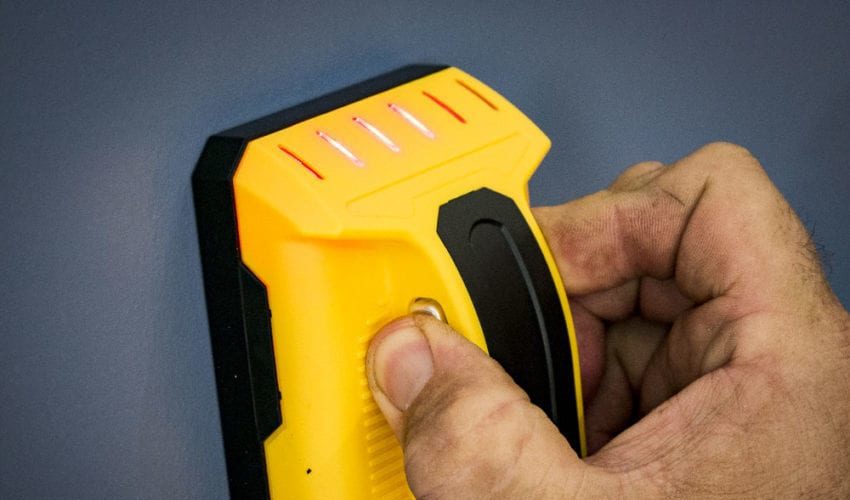
Franklin Prosensor T6 Stud Finder Review
Stud finders are relatively simple in concept – use an electronic scan to detect changes in wall density. That change […]
Both professional tradesman and homeowners need good tools for finding studs. The best stud finder helps a pro locate anchor points for kitchen cabinets or know where to place shelving brackets. The DIYer or homeowner might use a stud finder for hanging a picture on a wall. These tools range from simple metal-detecting or magnetic devices to electronic stud finders. More sophisticated models, called wall scanners, use a form of “radar” to delve deeper into wall cavities and discern between wood, metal, PVC, and ferrous pipe. While more expensive, wall scanners surpass the simplistic nature of stud finders and offer Pro-level capabilities. We pay attention to ergonomics, value, and usability when reviewing stud finders. Above and beyond, a stud finder needs to accurately detect studs. More advanced products use multiple LEDs to let you mark the exact center. This dramatically helps when hanging TVs or other heavy objects.

Stud finders are relatively simple in concept – use an electronic scan to detect changes in wall density. That change […]
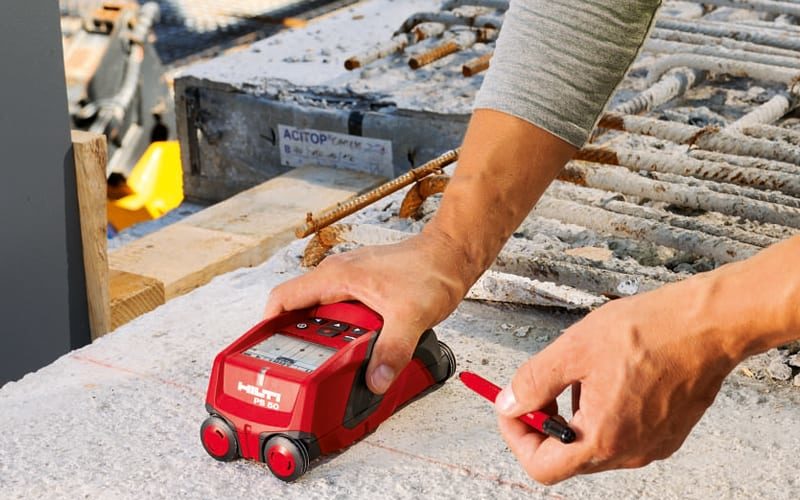
The Hilti PS 50 Multidetector is designed to help contractors drill in the right place the first time. Knowing where […]
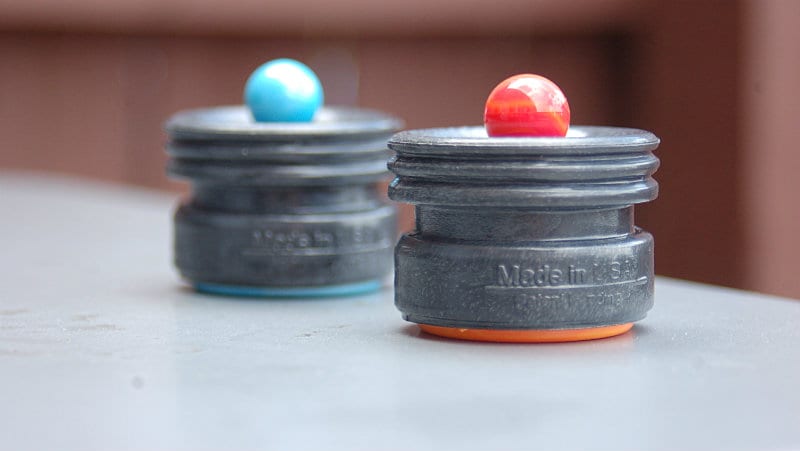
StudPops Create a Stir at PTR Headquarters “Don’t judge a book by its cover.” How many times have we heard […]
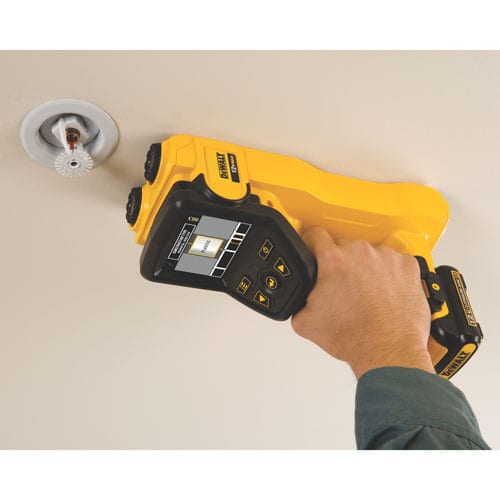
DeWalt 12V Wall Scanner (DCT419) Detects 5 Embedded Materials Without Changing Settings The DeWalt 12V Wall Scanner promises to have […]
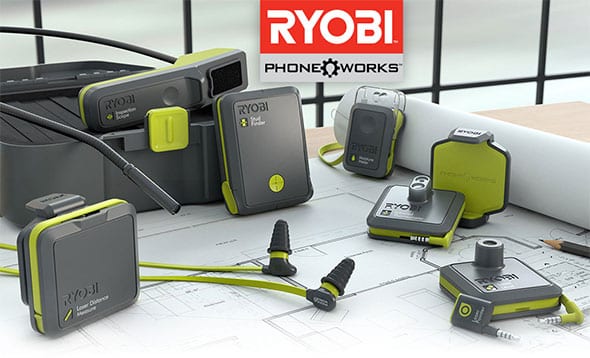
Remember when a cell phone was just a phone? Yeah, those days are way behind us now. We surf the […]
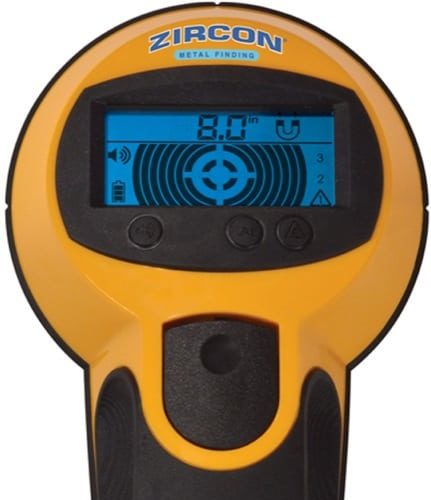
Zircon has always been, to us, one of those companies that is a staple in the construction industry. When they […]
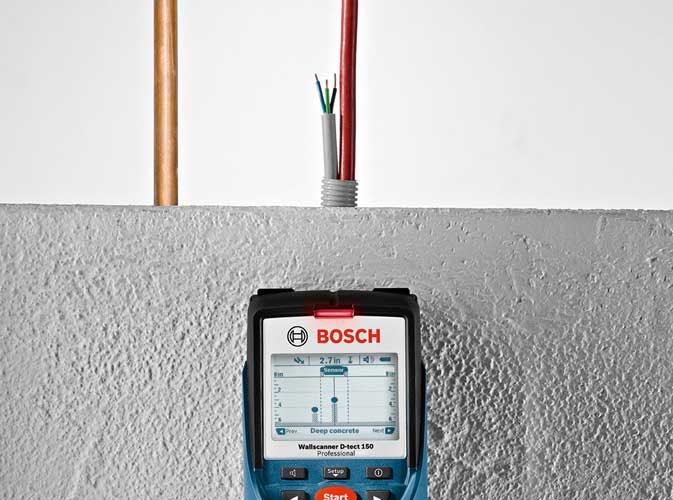
We recently got back from Bosch’s Global Leadership Tour media event and were fascinated by all the new tools they are working on. One tool that we saw LAST year, however, was the Bosch WallscannerD-Tect 150. This tool uses Ultra-Wide Band (UWB) radar technology and is the first detector at a sub-$1000 price point that detects rebar, water-filled PVC, copper piping (non-ferrous metal), wood studs and live wiring. The BoschD-Tect 150 does more than detect these materials, though, it gives the user material type, depth, and relative width information. The D-Tect 150 works through concrete, wet concrete, and even deep concrete up to 6″. In fact, you can use it in any of seven surface modes.
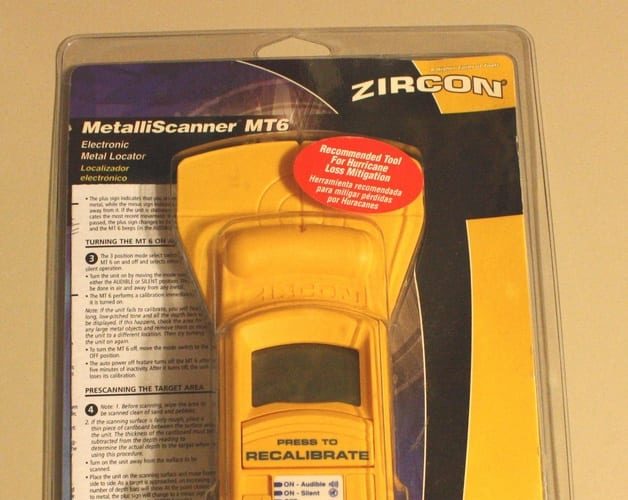
Ever wonder if they put all the hurricane strapping in your house or if your concrete slab is reinforced with steel? Well you don’t have to wonder any more if you use a Zircon MT6 MetalliScanner. This tool will locate and indicate the approximate depth of both magnetic and non-magnetic metals up to 6″ deep in most all nonmetallic construction materials. With this tool, you can figure out where the metal is before your expensive drill bit or saw blade does.